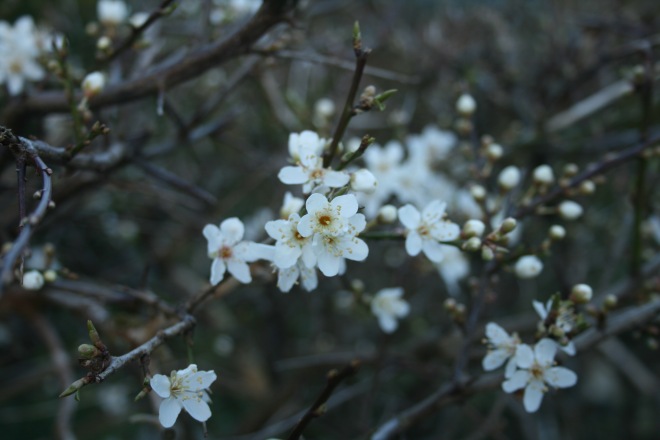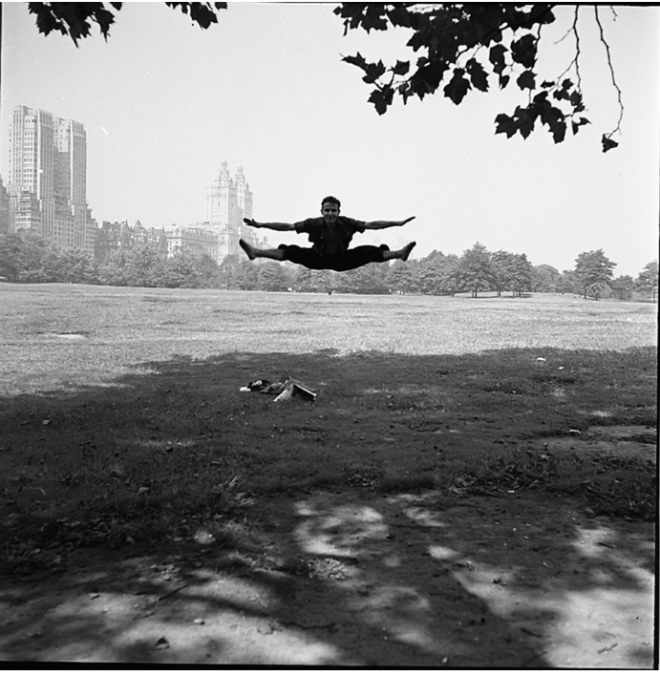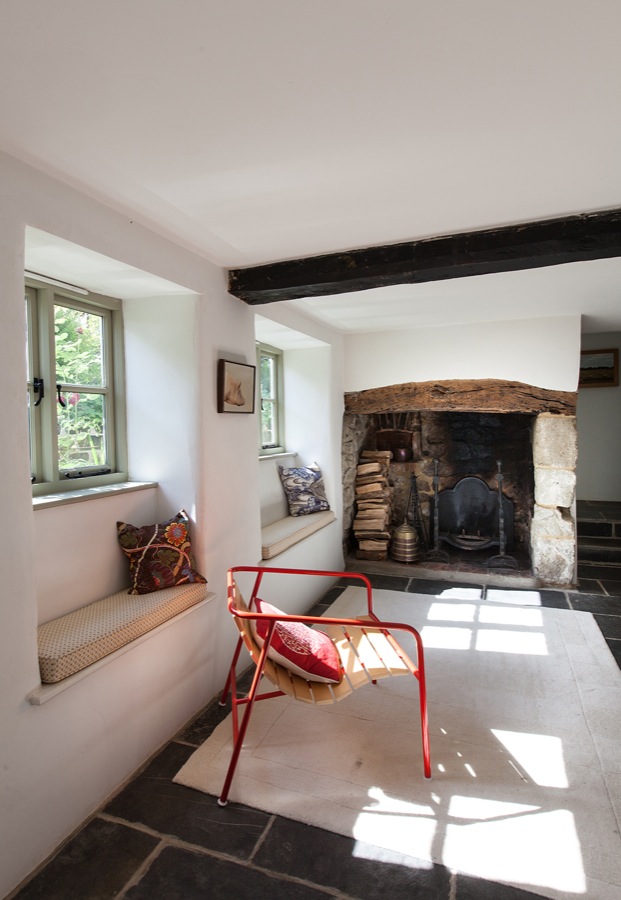The exposure triangle is the foundation of photography. It is made up of Shutter speed, Aperture and ISO. All are measured in stops and you need to get the right balance of all three to get a good exposure.

Aperture is responsible for how much light is let into the lens. The smaller the f/number, the bigger the hole – thus allowing more light in, and visa-versa. The stops can be doubled or halved to work out the continuing sequence. The aperture is also important in creating depth of field (along with distance from subject and focal lens). The smaller the aperture (say f/22) increases the depth of field (wide, big, long DOF) thus more being in focus. The larger the aperture the (f2.8) the less depth of field (small, short, shallow DOF), so the background can be knocked out. An example of this can be seen below:
Shutter speed is responsible for the duration of time light is in the camera. IT doubles and halves in sequence as per the aperture. The faster the shutter speed the less light is in the camera and visa-versa. However, it’s worth mentioning that slower shutter speeds cause camera shake. You can’t hold the camera any slower than 1/30th second on a 30mm lens. Depending on the lens length there are shake limits, so a 500mm lens means you can only hand hold the camera without shake up to 1/500 of a second, no slower.. This is because a telephoto lens magnifies the subject therefor magnifies the shake. This is called the Reciprocal Rule. A tripod is always needed to avoid camera shake.
Shutter speed allows creativity with motion control, helping use techniques such as zoombursts, panning, motion blur and freezing moments in time. Some of these techniques can be seen below:
ISO is the in built camera setting which deals with sensitivity to light. Again, the number sequence doubles and halves. The lower the number the less sensitive the camera is to light, but the higher to ISO number the more noise will appear in your imagery. This setting can be seen as the ‘set and forget’ feature as it has no real creative control quality, however it does assist you in terms of having more choice when being creative with the aperture and shutter speed.
For example, when using Aperture priority, if you increase the ISO the setting will automatically change the shutter speed. This is a good way of eliminating camera shake, if you need a shot to be sharp.
When using shutter priority, if you were to decrease the ISO the aperture f/number is the variable and becomes larger (small hole). This is good for creating a wider depth of field, thus more in focus).



























